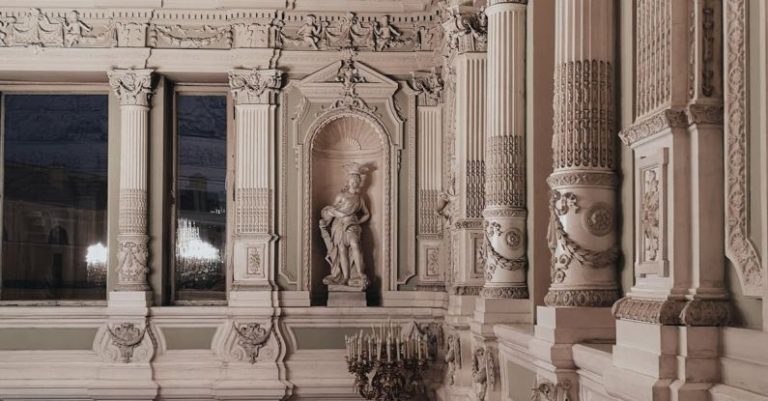Unlocking New Design Possibilities with Structural Composites
Structural composites have revolutionized the way we approach design in various industries, offering a plethora of benefits that traditional materials simply cannot match. These advanced materials have paved the way for engineers and designers to push the boundaries of creativity and functionality, leading to the development of innovative solutions that were once thought to be impossible. From aerospace to automotive, and from construction to sports equipment, the integration of structural composites has opened up a world of new design possibilities that continue to inspire and redefine the way we think about form and function.
Lightweight Strength for Unprecedented Performance
One of the key advantages of structural composites is their exceptional strength-to-weight ratio. By combining different materials such as carbon fiber, fiberglass, and resins, composites can achieve levels of strength that surpass traditional materials like steel and aluminum, all while being significantly lighter. This characteristic is particularly valuable in industries such as aerospace and automotive, where reducing weight without compromising structural integrity is critical.
The lightweight nature of composites not only enhances performance but also opens up opportunities for more efficient designs. Engineers can now explore new shapes and configurations that were previously unattainable due to weight limitations. This has led to the development of sleeker, more aerodynamic aircraft, faster and more fuel-efficient cars, and stronger yet lighter sporting equipment. Structural composites have truly unlocked a new realm of design possibilities driven by the pursuit of optimal performance.
Customizable Properties for Tailored Solutions
Another remarkable feature of structural composites is their customizable properties, allowing designers to tailor the material to meet specific requirements. By adjusting the type and orientation of fibers, resin matrices, and manufacturing processes, composites can be fine-tuned to exhibit desired characteristics such as stiffness, flexibility, impact resistance, and thermal conductivity. This versatility enables the creation of bespoke solutions that address unique design challenges in various applications.
For instance, in the construction industry, structural composites can be engineered to withstand seismic forces, extreme temperatures, and corrosive environments, offering durable and long-lasting alternatives to traditional building materials. In the medical field, composites can be designed to be biocompatible and lightweight for use in prosthetics and implants. The ability to customize material properties has empowered designers to innovate and optimize designs for enhanced performance and functionality across a wide range of industries.
Integration of Advanced Manufacturing Techniques
Advancements in manufacturing technologies have played a crucial role in unlocking the full potential of structural composites. Processes such as automated fiber placement, resin transfer molding, and 3D printing have revolutionized the production of composite components, making it possible to create complex geometries with high precision and efficiency. These techniques have streamlined the design and manufacturing process, allowing for rapid prototyping and iteration of designs to achieve optimal performance.
The integration of advanced manufacturing techniques has also facilitated the adoption of composites in mass production, making them more accessible and cost-effective for a broader range of applications. As a result, industries that were once hesitant to embrace composites due to perceived complexities in manufacturing are now leveraging these materials to enhance product performance and competitiveness. The synergy between design innovation and advanced manufacturing has accelerated the integration of structural composites into mainstream applications, paving the way for the next generation of high-performance products.
Unleashing Creativity and Innovation in Design
The adoption of structural composites has unleashed a wave of creativity and innovation in design, inspiring engineers and designers to think beyond traditional constraints and explore new possibilities. By pushing the boundaries of material science and manufacturing capabilities, designers are continuously pushing the envelope of what is achievable, resulting in products that are lighter, stronger, and more efficient than ever before. From futuristic architectural structures to cutting-edge sports equipment, the influence of structural composites can be seen in a wide array of applications that continue to push the limits of design and performance.
In conclusion, the integration of structural composites has unlocked a new frontier of design possibilities across various industries, offering unprecedented strength, customizable properties, and advanced manufacturing capabilities. By harnessing the unique characteristics of composites, designers are able to create innovative solutions that redefine the way we approach form and function. As technology continues to evolve and materials science advances, the potential for composites to drive further design innovation and shape the future of product development remains limitless. Embracing the versatility and performance of structural composites is not just a choice but a gateway to a world of endless design possibilities.






